Tasmania may not be at the top of the mind as a diving destination but there is actually marvellous and colourful biodiversity of aquatic life. Diving in Tasmania is different from diving in Australia’s northern states. There’s cold clear water, amazing kelp forests, cool aquatic critters and a destination divers would go in pursuit of rock lobster (crayfish).
Diving in Tasmania
When diving in Tasmania, I’d say you’d increasingly expect the unexpected.
Due to climate change, an increasing number of fish usually found in northern waters are making their way down south to Tasmania.
From my last dive in Tasmania, I recall the “wow” factor – crisp, clean, clear colour of a pristine coral reef.
Tasmania is attractive to cold-water divers who will be rewarded by its aquatic biodiversity.
Visibility in Tassie’s dive sites ranges from 12m in summer to over 40m in winter so wetsuits are essential.
The unique species in the southern waters around Tasmania far exceeds that of the Great Barrier Reef.
Tasmania is also wide open for new discoveries, such as the recent discovery of a new population of extremely rare red handfish.
The opportunity to discover unseen and unrecorded species arriving in Tasmania’s waters adds an extra point of difference to any Tasmanian diving adventure.
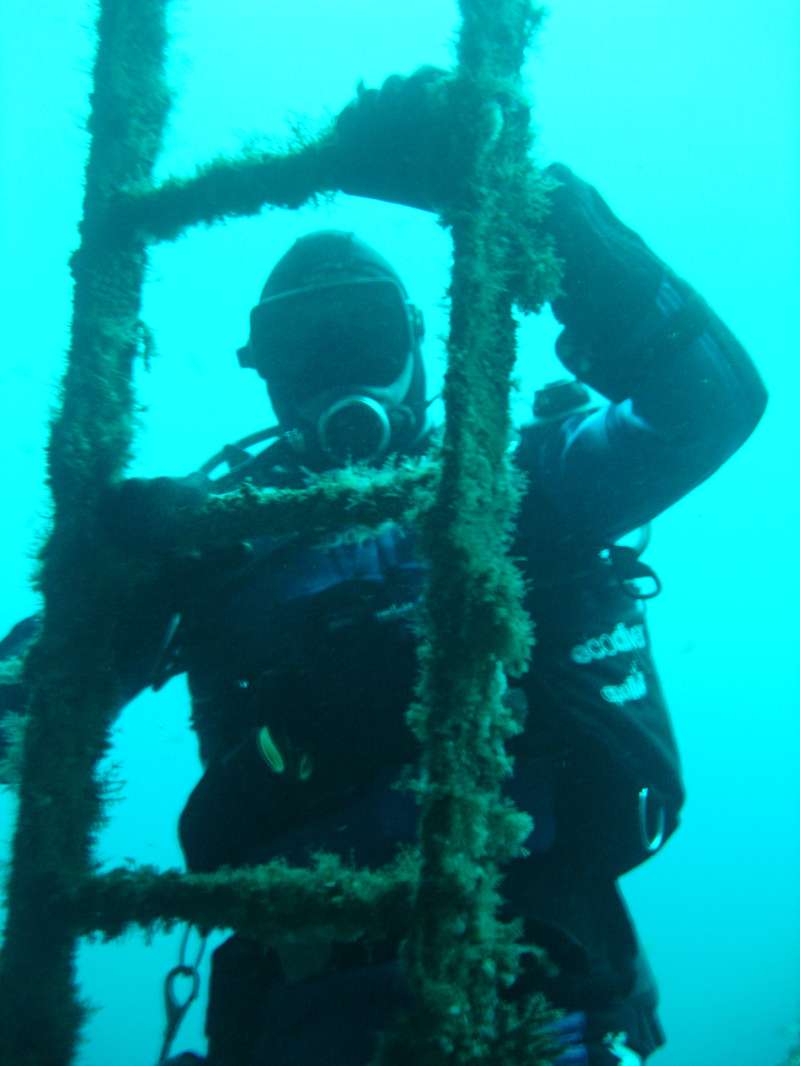
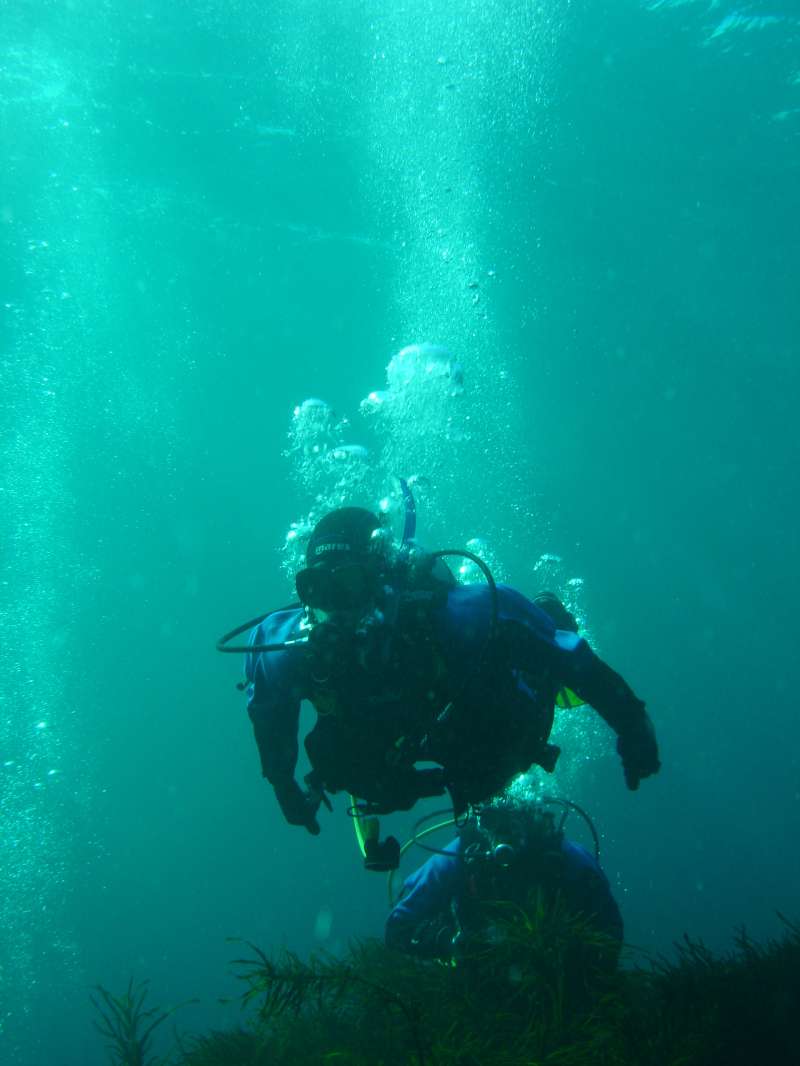
What you will see while diving in Tasmania
Here are a few of the usual suspects you’re likely to bump into in the waters while diving around Tasmania.
1- Sea squirts and sponges
Bottom-dwelling sea squirts and sponges make Tasmania an inspiring and colourful place to dive.
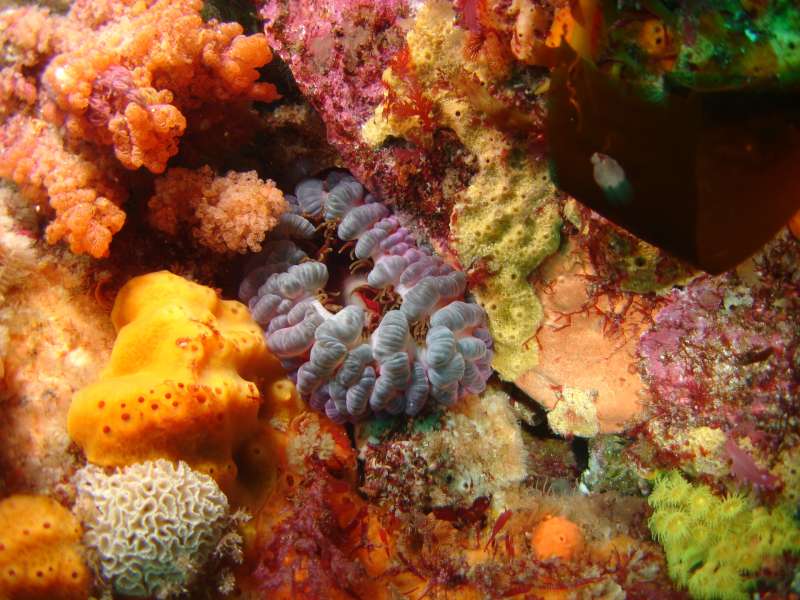
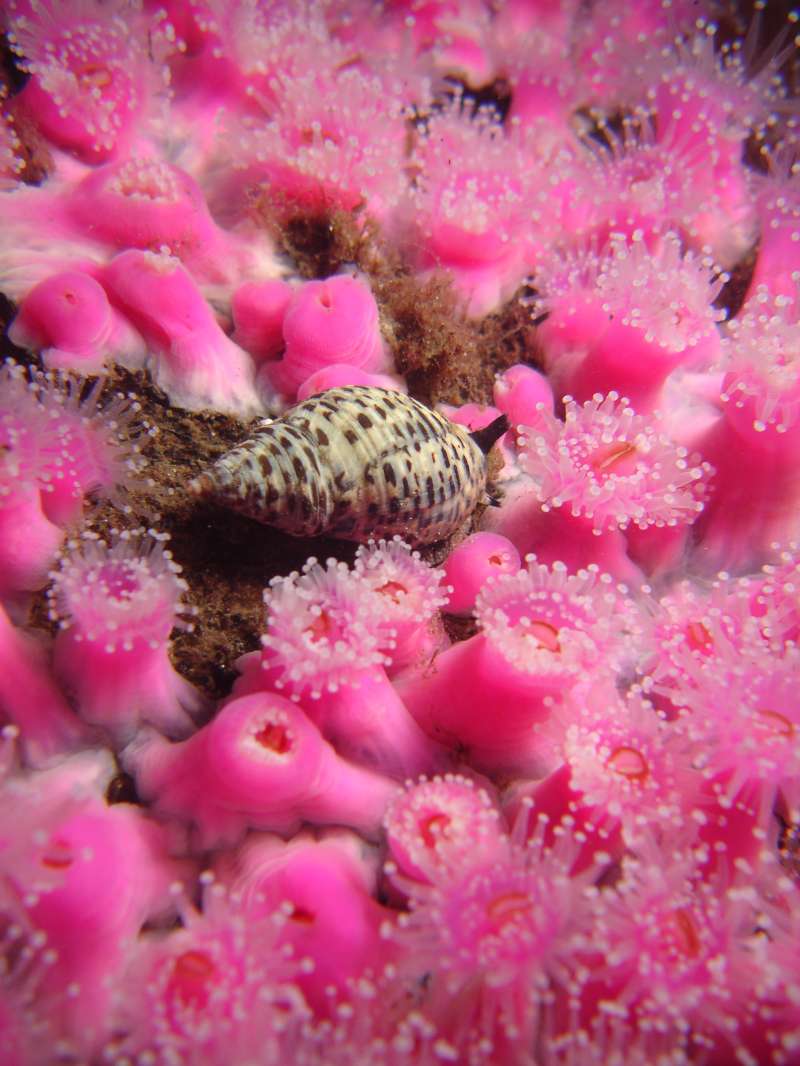
2- Giant Kelp
Tasmania is one of a few places in the world where giant kelp flourish and the caves and drop-offs are covered with a carpet of southern jewel anemones.
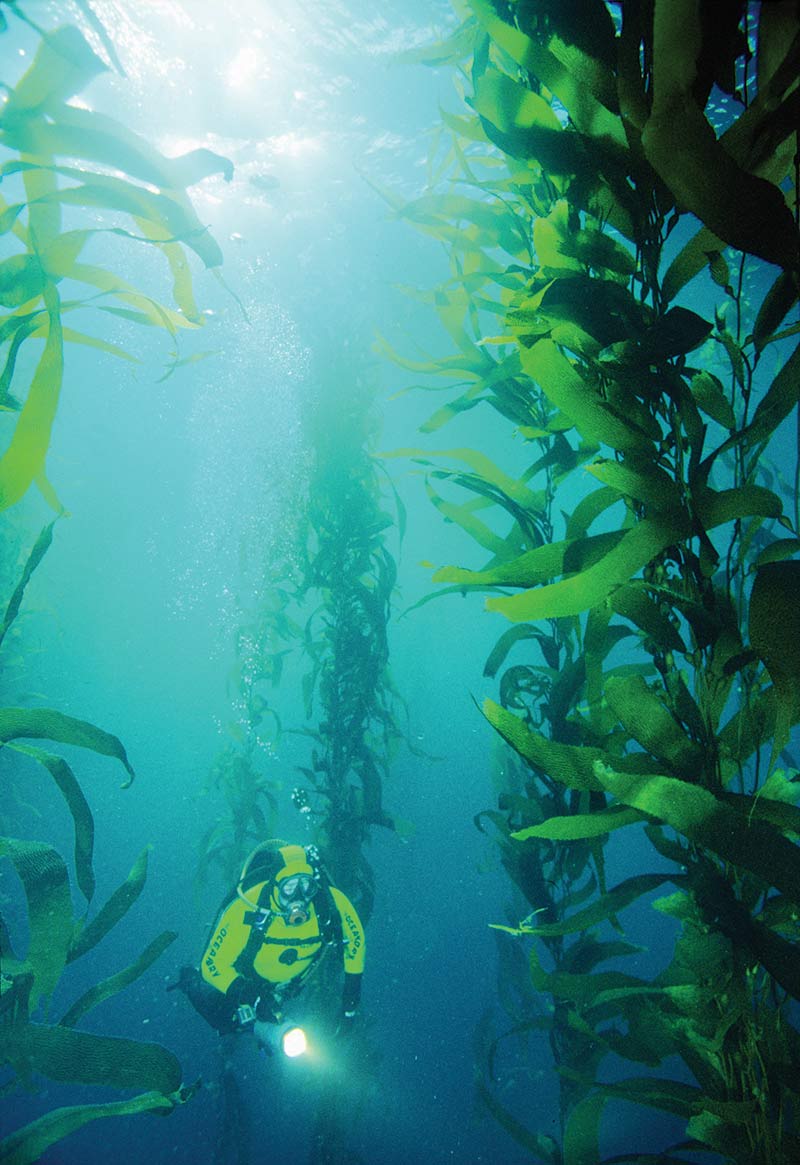
3- Old wife
The “Old Wife”, a striking two dorsal fish that looks like an angelfish but croaks and grunts and carries on like an old wife.
It’s found nowhere else in the world (Brisbane would be the northern limits but most are found in the Southern Ocean).
4- Spotted handfish
Another is the spotted handfish, a rare fish on the Critically Endangered IUCN Red List.
The spotted handfish has pectoral fins that look like hands, which it uses to walk on the ocean floor.
It lives in the estuary of Derwent River and surrounding areas.
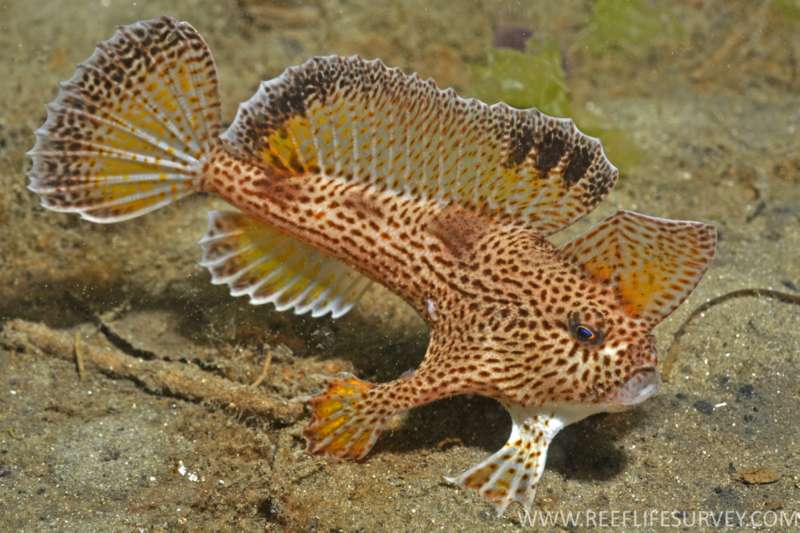
5- Long-snouted boarfish
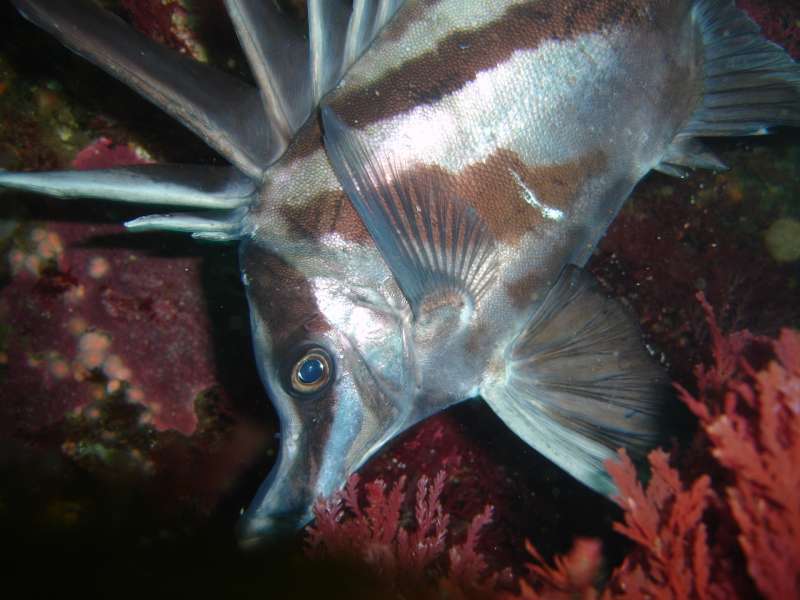
Long-snouted boarfish like to seek shelter around caves and crevices. This type of fish can be territorial and might confront divers.
6- Weedy seadragon
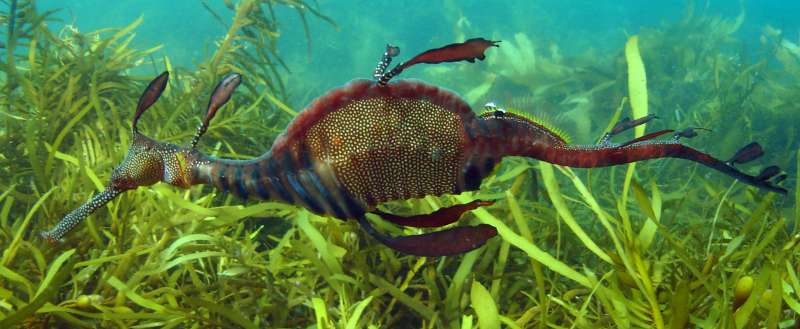
7- Spotted stingaree
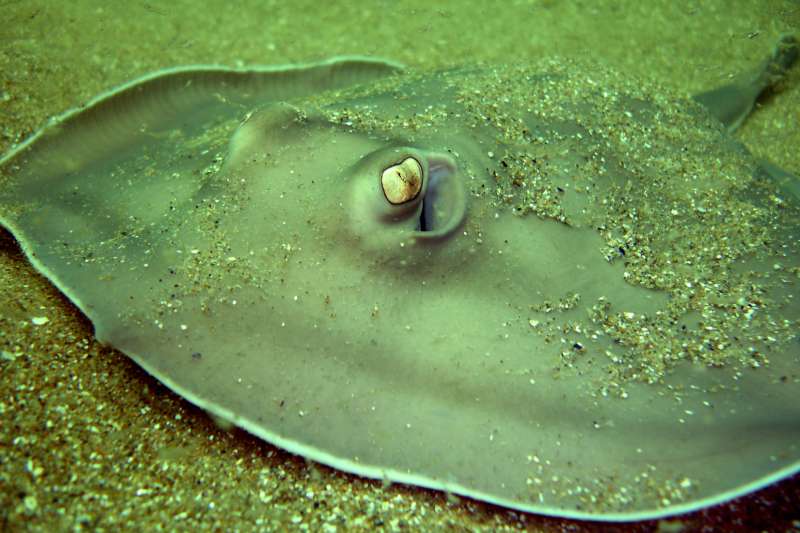
The sparsely spotted stingaree is a compact bottom-dwelling fish that has a shark-like tail and small from the southern waters.
8- Ocellated sea star
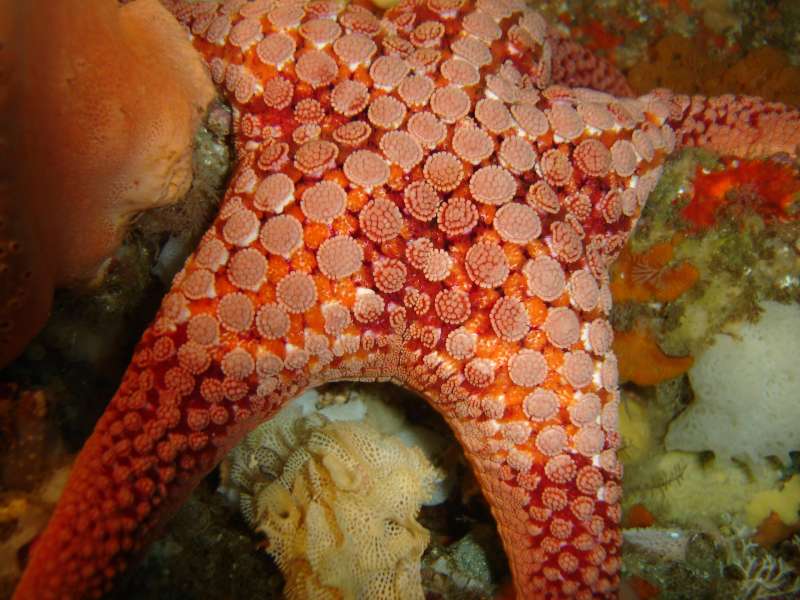
The ocellate sea star is a shellfish that is facing a threat from the Pacific sea star.
The Pacific sea star from Japanese waters has invaded its space, through being transported by ballast water on ships.
The Pacific sea star is like a kid in a lolly shop has gone berserk threatening other species.
9- Yellow Zoanthids
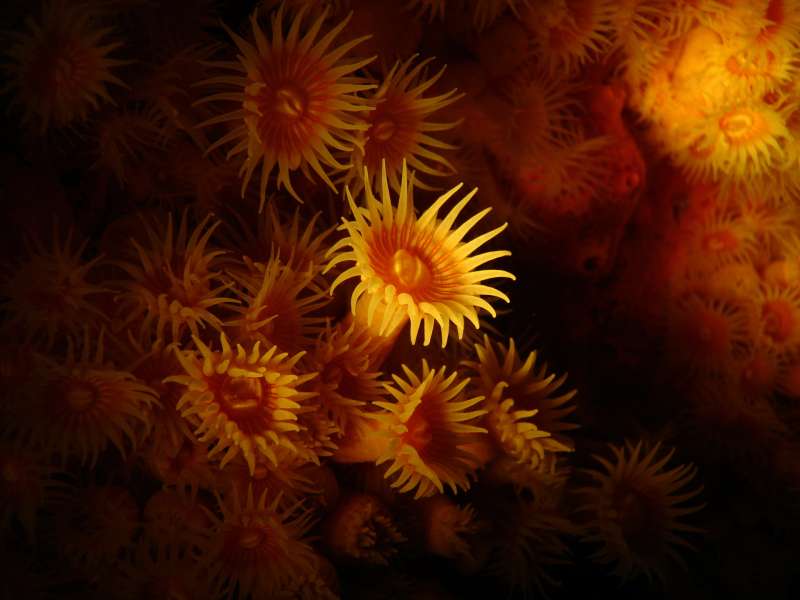
Yellow Zoanthids are sea anemones that look like dead man’s fingers when closed but when they are open they look like oversized coral polyps.
10- Rock lobster
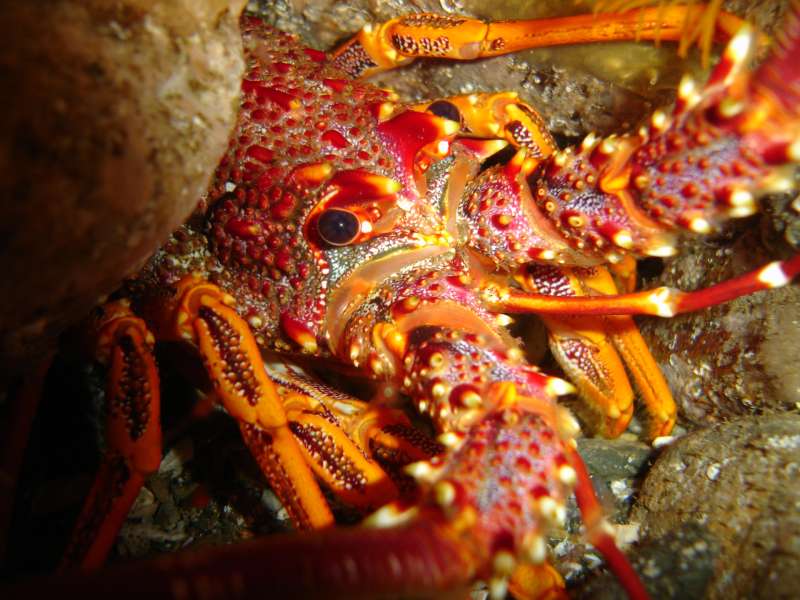
Where to go diving in Tasmania
1- Bicheno
Bicheno’s diving spots include Paradise Reef and Golden Bommies but most stunning of all are the gullies of Magic Garden in Governors Island Marine Reserve.
2- Maria Island
The waters around Maria Island offer excellent diving. Head for the Troy D, a former Hopper Barge sunk off the north-west tip of the island now an artificial reef full of marine life.
3- Bass Strait
Tasmania’s maritime history has left the island, particularly the Bass Strait near Flinders Island and King Island, with shipwrecks to explore.
4- North West Tasmania
The quartzite reefs at Rocky Cape and Boat Harbour are the main attraction for divers in northern Tasmania.
5-Tasman Peninsula and Hobart
Giant kelp forests, underwater caves and deep-water sponge gardens are the underwater attractions in the south.
Here, you’re just as likely to come face to face with rare fish species as you are with seals.
Not far from Hobart are the shipwrecks at the Betsey Island Ships’ Graveyard and the underwater trails of Tinderbox Marine Reserve.
There’s also exceptional diving off Bruny Island. Besides diving, there are plenty of things to do in Hobart such as one of these Hobart walking tours.
More diving in Australia
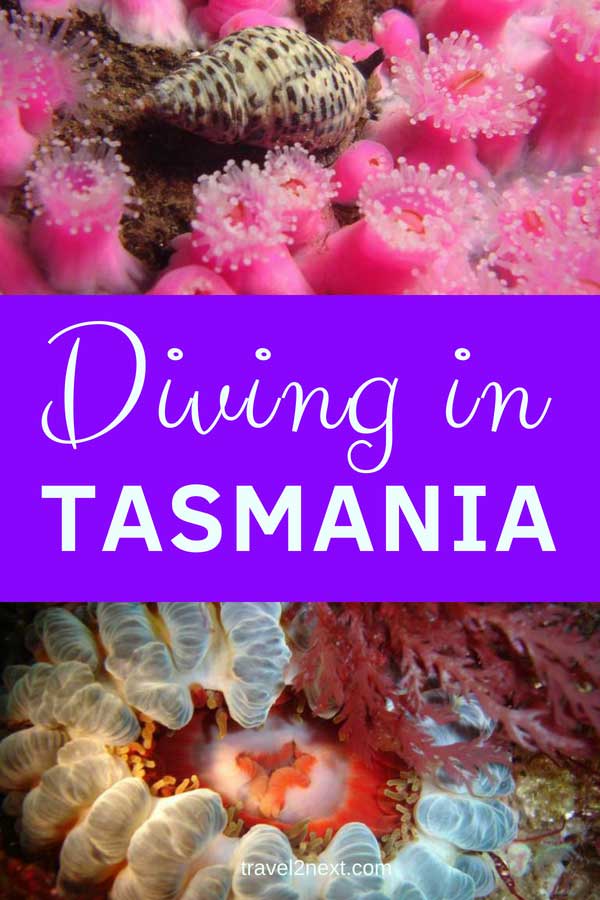
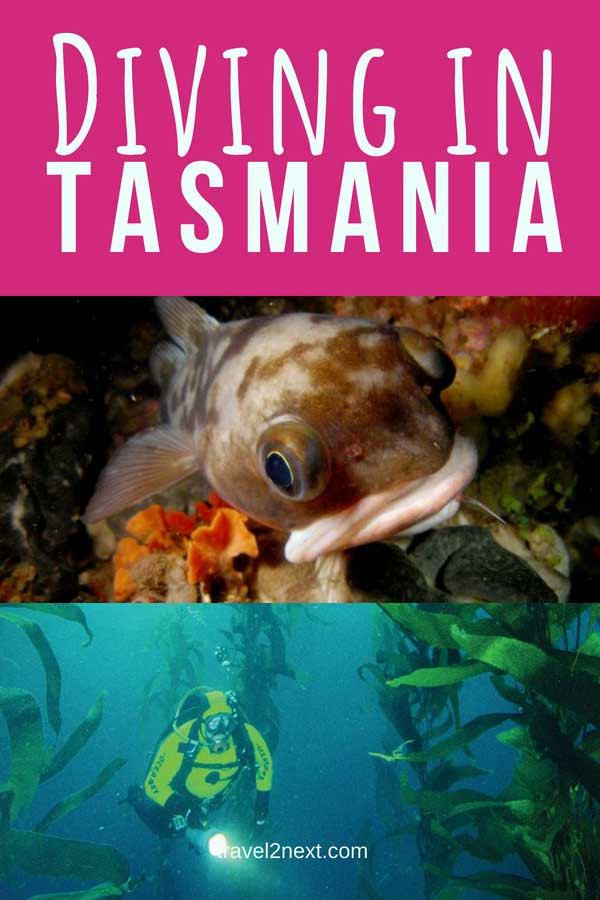
Plan Your Trip

Rent A Car – Find the best car rental rates at Discover Cars. They compare car hire companies to provide you with the best deal right now.

Find A Hotel – If you’re curious about this article and are looking for somewhere to stay, take a look at these amazing hotels.





